Food prices have jumped up for the first time in six months as the barrage of cost pressures and supply chain challenges started to filter through to consumers.
The latest Shop Price Index from the BRC and NielsenIQ showed food prices rose 0.1% in September, compared with a 1.2% fall in the previous month. The increase follows five months of deflation for the industry.
However, low prices for seasonal fresh food helped keep a lid on inflation, offsetting the rises elsewhere in ambient food.
Fresh prices fell for the tenth consecutive month in September, with deflation easing to 0.4% from a decline of 0.6% in August, while ambient inflation accelerated to 0.8%, up from 0.3%.
BRC chief executive Helen Dickinson said there were now clear signs the months-long cost pressures from rising transport costs, labour shortages, Brexit red-tape and commodity costs were starting to filter through to consumer prices.
“Food prices rose year-on-year for the first time in six months, and some non-food products, such as DIY and gardening, are seeing the highest rate of inflation since summer 2018,” she added.
“Other product ranges, such as furniture and electricals, have also seen annual prices rise for consecutive months, which is indicative of unresolved shipping issues coupled with high demand.”
Non-food deflation slowed to 1% in September, compared with a fall of 1.2% in August.
Annual deflation for overall shop prices eased to 0.5% as a result of the pressures on the food industry – coming down from 0.8% in August.
Mike Watkins, head of retailer and business insight at NielsenIQ, said disruption in the supply chain and increased input costs were now starting to feed through.
“Whilst non-food retailers have so far able to mitigate a lot of the impact, the outlook is for shop price inflation to return over the next few months,” he warned.
Dickinson said continued price rises were “inevitable”, but government intervention would minimise the impact on consumers.
“Supply chains have been put to the test recently, with CO2 and HGV shortages,” she added.
“Government needs to find a long-term solution to the HGV driver shortage by expanding the size and scope of the new visa scheme for drivers from abroad so they can fill the gaps while new British drivers are trained. Without this, these additional burdens to what is already a precarious trading environment, will affect the British consumer and the prices they pay for the goods they want and need.”







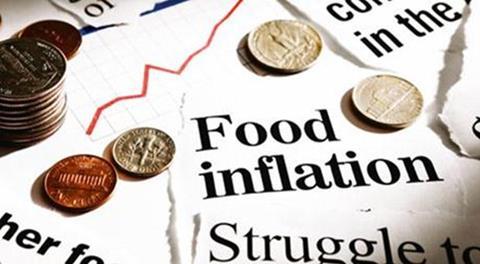
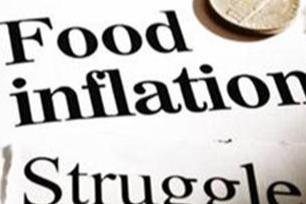



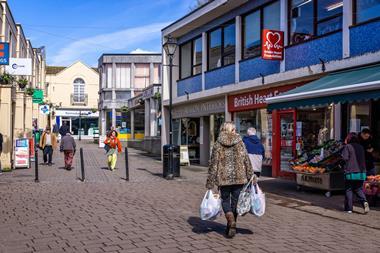



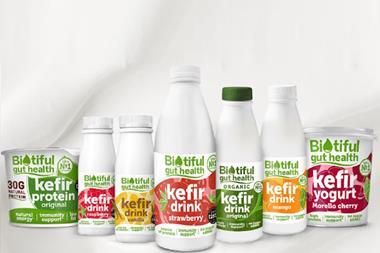
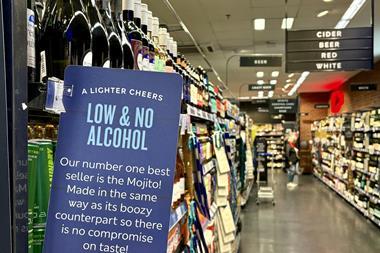

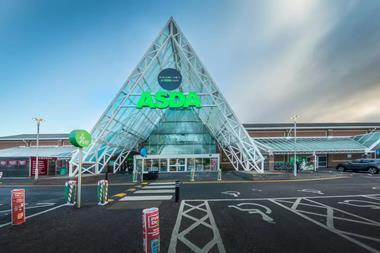
No comments yet